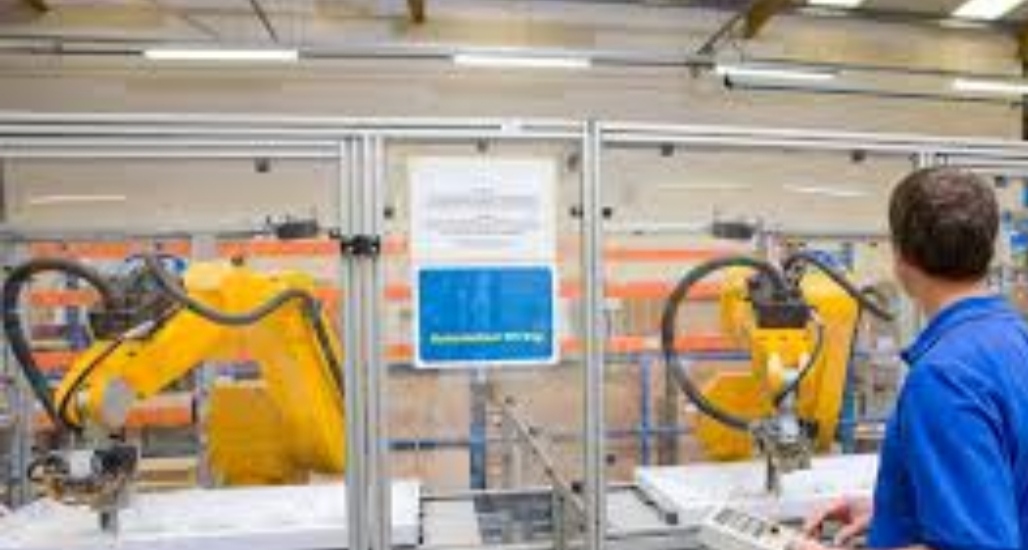In a rapidly evolving job market, staying ahead of the curve is essential. As industries adapt to technological advancements and changing consumer demands, the landscape of employment opportunities is shifting. To effectively navigate tomorrow’s careers, understanding projected job growth is crucial.
The field of job growth analysis involves examining trends, patterns, and factors that influence employment opportunities over a certain period. Forecasting future job demand requires a comprehensive approach that considers various aspects such as economic conditions, technological advancements, and demographic changes.
Technological innovation plays a pivotal role in shaping the job market. As automation and artificial intelligence continue to advance, certain job roles might diminish while new ones emerge. It’s imperative for job seekers to identify these emerging fields and acquire relevant skills that will make them marketable in the future.
Demographic shifts also impact job growth. As the population ages and younger generations enter the workforce, there will be changes in the types of services and products that are in demand. For instance, healthcare and elderly care services are likely to experience growth due to an aging population.
Economic conditions, both local and global, heavily influence job availability. Industries closely tied to economic cycles may experience fluctuations in demand for their products and services. Adapting to these changes might require individuals to be flexible and open to acquiring new skills that match the demands of a changing market.
In conclusion, “Navigating Tomorrow’s Careers: A Deep Dive into Projected Job Growth” sheds light on the complex interplay of factors influencing job opportunities. Adapting to the ever-changing job market requires proactive research and continuous skill development. By staying informed about projected job growth, individuals can make informed career choices and position themselves for success in the careers of the future




